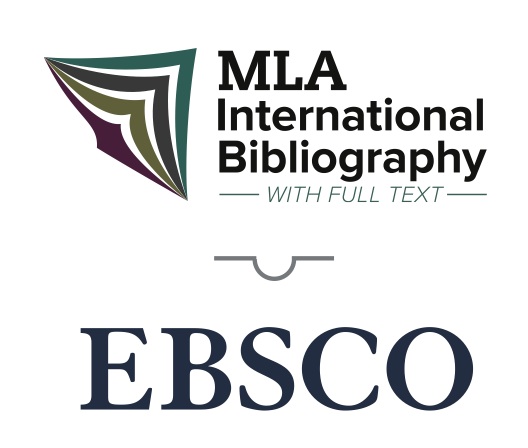Indexed by Experts, MLA International Bibliography is a Global Collaboration

The MLA International Bibliography is known around the world for the quality of its indexing. Mary Onorato, Director of Bibliographic Information Services and Publisher, MLA International Bibliography, shares the secrets of its success.
**
Our in-house staff of professional indexers, assisted by a network of volunteer field bibliographers, rely on the classification system and controlled vocabulary within the MLA Thesaurus to categorize and describe the publications they review.
All items are examined by real people who hold advanced degrees in their fields. They ensure that scholars who search the bibliographyretrieve only results that are highly relevant to their interests. Also, unlike other research databases that merely provide lists of keywords, the MLA International Bibliography uses words and phrases to connect subject descriptors and express relationships between them.
Thus, each bibliography record presents a concise, telegraphic description of the content of a publication.
For example, an article that compares Shakespeare on the stage to Shakespeare on the page might have a national literature classification:
Subject Literature: English literature
Period: 1500-1599
Primary Subject Author: Shakespeare, William (1564-1616)
Primary Subject Work: Richard II (1595)
Genre: history
Followed by an indexing “string:”role of text; compared to performance; refutes theories of Levin, Richard Louis (1922-2009); Taylor, Gary Lynn (1953- )
Note that the role indicators “role of,” “compared to,” “refutes,” and “theories of” make all the difference in properly rendering the gist of the indexed publication.
The field bibliographers who volunteer to work with us are MLA members from around the world – university faculty members, independent scholars, librarians, and graduate students. Indexing for the MLA International Bibliography requires the bibliographer to provide accurate bibliographic information for each document and to assign descriptive terms drawn from our controlled vocabulary.
Thanks to a new Web-based production platform we launched last year, field bibliographers work virtually alongside MLA staff members and can communicate with them directly about the work. Their work is extremely valuable to us, allowing us to cover materials to which we otherwise lack access.
Our field bibliographers cite a number of advantages to doing this work. They are, of course, providing a service to the profession (recognised by being listed on the MLA Web site and via an annual letter to their supervisor) that will have an impact on language and literature scholarship for years to come. But they also find they deepen their knowledge of their specialties, discover new areas of inquiry, and sharpen their research skills. Several of our field bibliographers talk about their experiences in a video available on Vimeo.
The MLA also offers a field bibliography fellowship program. The deadline for applying this year is April 1. I hope interested readers will check it out.
Watch the Research Informationwebinar for more detail about the course, “Understanding the MLA International Bibliography” and the ways it is used in instruction.
To request a free trial of the MLA International Bibliography with Full Text on EBSCOhost® or EBSCO Discovery Service™, please contact your EBSCO representative, or visit https://www.ebsco.com/mla.






